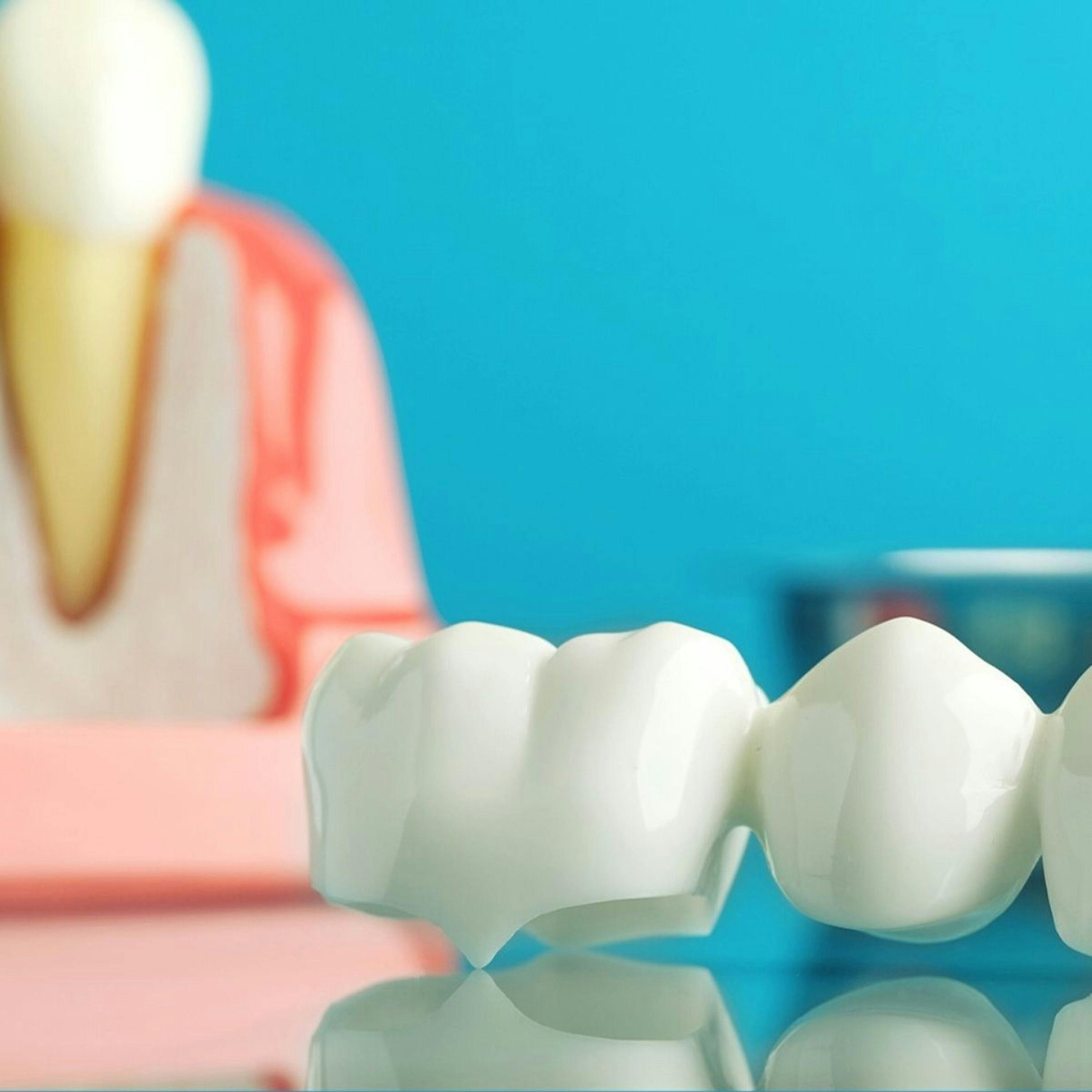Everything about dental bridges

What are dental bridges?
Dental bridges, also known as fixed partial dentures are used to support and fix one or more fake teeth. It replaces missing or broken teeth with fake ones. The fake teeth in the bridges look and function like real teeth. When a person loses several teeth due to decay or an accident it is replaced by a bridge that contains a line of fake teeth, this structure is implanted and positioned with one or more crowns (a bit of fake tooth over a real one) on either side of the mouth.
What are the different types of bridges?
Prosthodontists or dentists use several types of bridges to fill the gaps in your mouth owing to missing teeth. The common ones are:
The traditional bridge
As the name suggests, this is the traditional and most commonly used type of bridge. It involves two crowns anchoring the structure from either sides of the mouth. These can be fixed in your gum line or can be removable
The cantilever bridge
This option is good for people who do not want a healthy tooth to be damaged. This process is relatively less intense and involves one crown to support the bridge.
Implant supported bridges
These kinds of bridges are supported by dental implants as anchors rather than crowns. Implant supported bridges are a bit more expensive than the others but they are more secure.
Maryland bridges
These are more conservative cantilever bridges. They are anchored with metal and porcelain framework at the back of the mouth. These can preserve a healthy tooth but are less secure than the others.
What are the procedures?
The procedures depend on the type of bridge you are getting. With the traditional type of bridge, the dentist begins by grinding down the teeth and removing the decay. They will then fix a temporary bridge on the damaged teeth.
Temporary bridges look like real teeth but they are not meant to last long. So you need to visit your dentist within a few weeks. By that time, the real bridges should be ready. He will then remove the temporary bridges and affix the real ones. The overall procedure to fix traditional bridges can take a few weeks.
The cantilever and Maryland bridges procedure are similar to a great extent. But since, cantilever bridges require only one crown and Maryland bridges require none, the process is a bit less complex and can take up to two appointments. As far as implant bridges are concerned, first, the implants would need fixing and then the bridges are fixed. This could take a few more appointment than cantilever and Maryland bridges.


What are the advantages?
- It replaces the missing teeth
- It looks and feels just like real teeth
- It can improve speech and breathing
- It ensures efficient chewing and eating
- It is sturdy and permanent so it does not move like dentures
- It prevents bones loss, thereby, main ting the structure of the mouth.
What are the risks?
- The fitted bridges can cause tooth decay under the crown
- The whole restoration can collapse if the support teeth are not strong enough
- In the long run, there are high chances that you may need to replace them



